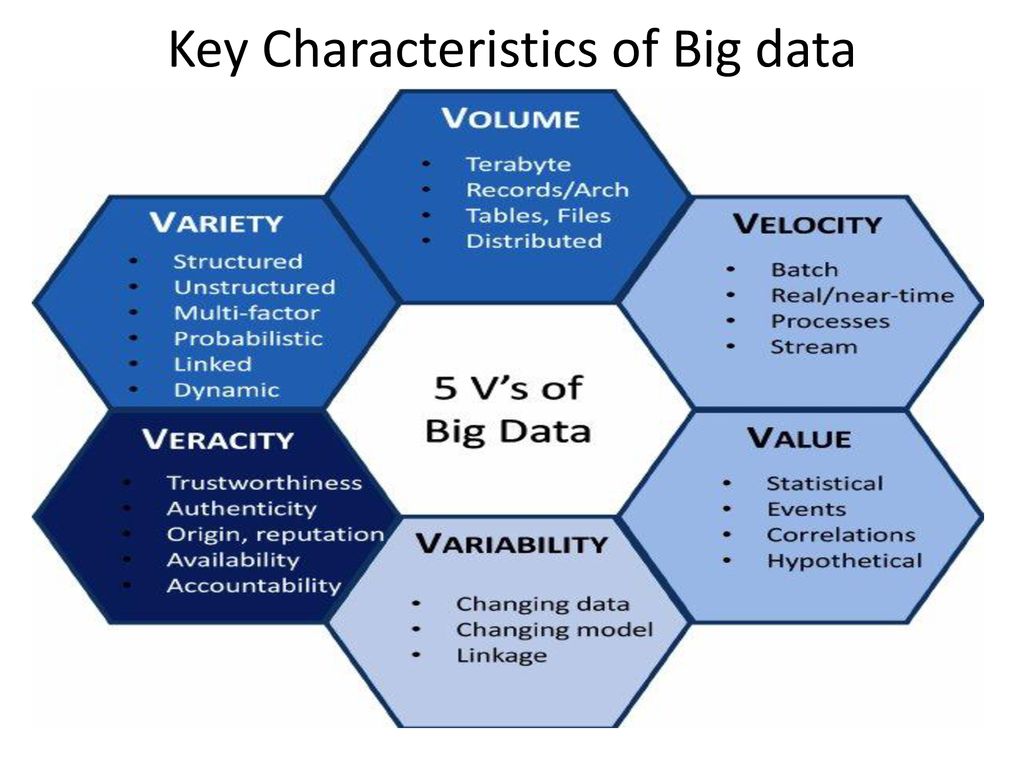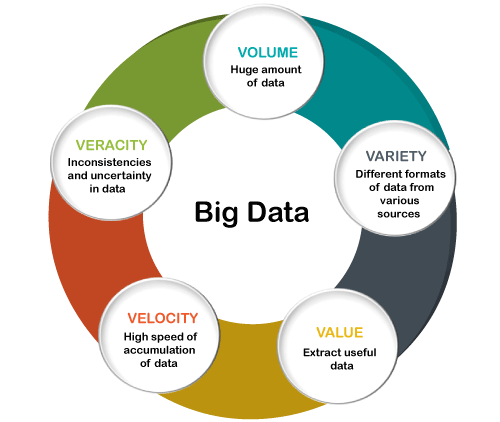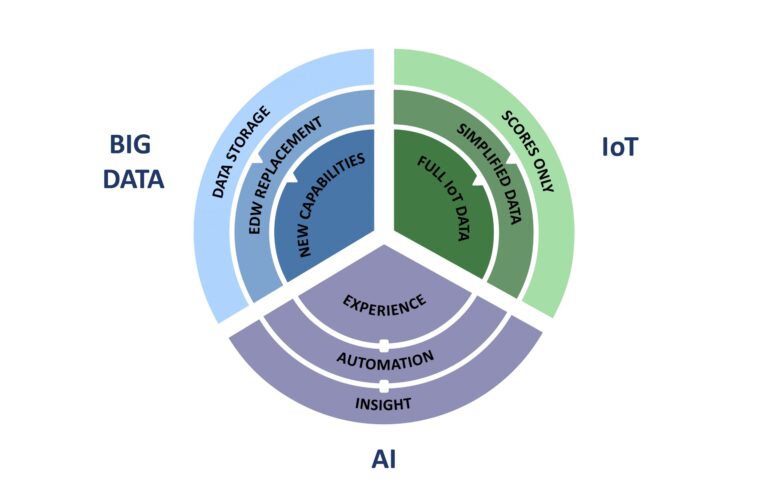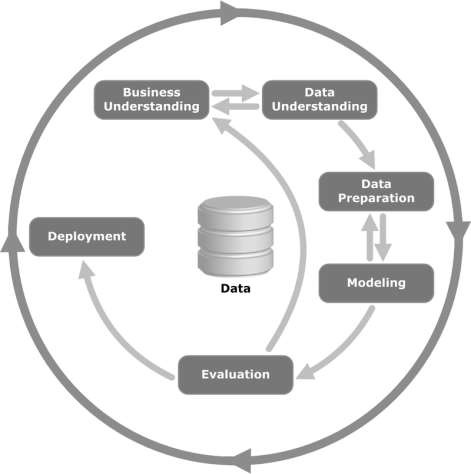What Are The 10 Characteristics Of Big Data?
Big Data has become an increasingly important factor in the success of many businesses and organizations. The 10 characteristics of Big Data are volume, velocity, variety, veracity, variability, complexity, scalability, interoperability, accessibility, and security. These characteristics provide an understanding of what Big Data is and how it can be used to improve business operations. Volume refers to the size of data, velocity is the speed of data processing, variety refers to the different types of data, veracity is the trustworthiness of the data, variability is the ability to change the data, complexity is the level of difficulty to process the data, scalability is the capability to increase the data processing power, interoperability is the ability of systems to work together, accessibility is the convenience of accessing the data, and security is the protection of the data. With these characteristics, businesses can identify how Big Data can be used to optimize their operations.
Definition of Big Data
Big Data is a term used to describe the exponential growth and availability of data, both structured and unstructured. Big Data is characterized by its large set of heterogeneous data points and its high velocity, volume, and variety. It is used to gain insights into complex problems and unlock new opportunities. Big Data can be used to improve customer experience, identify new markets, or create new products. By leveraging advancements in technology, companies are now able to analyze and process data faster and more accurately than ever before. Big Data has become a valuable asset for organizations, allowing them to make better decisions and achieve their goals more efficiently.
Volume of Big Data
Big Data is a term used to refer to enormous amounts of data that businesses of all sizes collect, process, and analyze to uncover meaningful patterns and trends. It is characterized by its sheer size and complexity, as well as the speed at which it is generated and processed. Big Data can be used to identify customer preferences, track customer behavior, and optimize products and services. By leveraging the power of Big Data, businesses can gain valuable insights into customer behavior and use this information to better target marketing, improve customer service, and make smarter, data-driven decisions. Big Data is also used to develop new products, services, and business models, as well as to identify areas of improvement and risk management. In short, Big Data is revolutionizing the way businesses operate and compete in today’s digital economy.
Variety of Big Data
Big Data is a term used to describe the rapidly growing and complex data sets that are being generated by businesses and organizations in the digital age. It can encompass data from both structured sources, such as databases or spreadsheets, as well as unstructured sources, such as social media, emails, images, videos and audio. Big Data can be used by businesses and organizations to gain insights into customer behavior, trends and patterns, and to make better strategic decisions. It can also be used to develop new products and services, improve customer service, and increase operational efficiency. Big Data is a powerful tool that can help to transform businesses and organizations, and open up new opportunities.
Velocity of Big Data
Big Data is a buzzword in the tech industry. It refers to vast amounts of data that can be gathered and analyzed in order to make informed decisions. The velocity of Big Data refers to the rate at which data is collected and analyzed. In order to keep up with the speed of Big Data, businesses must have the right technology, data storage, and personnel in place to capture, process, and analyze the data quickly and accurately. With the right tools and personnel, businesses can take advantage of the insights from Big Data to make informed decisions that improve operations, increase customer satisfaction, and grow revenue.
Veracity of Big Data
Big data is an expansive term used to describe large amounts of structured and unstructured data sets that are used to derive insights and support decision-making in the business world. As the amount of data continues to grow exponentially, the need for accurate and reliable data analysis is becoming increasingly important. The veracity of big data refers to its ability to provide accurate and reliable insights and analysis, and is critical for the successful use of big data in the business world. To ensure the veracity of big data, data scientists must ensure that the data they are working with is of high quality and that any analysis and insights derived from it are accurate and reliable. This requires a deep understanding of the data, its sources, and any potential biases. It also requires careful management and monitoring of the data collection and analysis process, as well as the use of advanced analytics and data visualization techniques. By ensuring the veracity of big data, businesses can gain a powerful competitive advantage.

Value of Big Data
Big data is changing the way businesses operate, providing new insights and opportunities that weren’t available before. By taking advantage of the large amounts of data available, businesses are able to make more informed decisions, better target their customers, and gain a competitive edge. Big data can be used to improve customer experience, predict customer behavior, optimize operations, and uncover hidden opportunities. With the right strategy and tools, big data can enable businesses to gain a deeper understanding of their customers, market trends, and performance. By leveraging the power of big data, businesses can unlock the potential of their data and use it to drive growth and success.
Analysis and Exploration of Big Data
Big data is a term used to describe large datasets that are difficult to process using traditional methods. It has become increasingly important in today’s technological world, as businesses rely on it to gain insights into their operations and customers. As the amount of data grows, businesses need to develop methods and tools to analyze and explore it. This blog will explore the various techniques used to analyze and explore big data, from simple statistics to more sophisticated machine learning algorithms. We will also discuss best practices for data collection, storage and analysis, and look at how big data can be used to uncover hidden trends and patterns. Finally, we will review the potential benefits and challenges associated with big data, and explore how businesses can use it to their advantage.
Storage of Big Data
Big Data Storage is an integral part of any organization. It is the process of storing large volumes of data, both structured and unstructured, in a secure and efficient manner. It involves the utilization of various data storage solutions, such as cloud computing, distributed storage systems, and object storage. Big Data Storage enables organizations to quickly and cost-effectively store and manage large and complex datasets. It also helps in the analysis and extraction of valuable insights from data, which can help organizations make more informed decisions and enhance their competitive advantage. With Big Data Storage, businesses can ensure their data remains safe, secure, and accessible, allowing them to gain valuable insights and stay ahead of the competition.
Security of Big Data
Big Data has become an invaluable asset to many organizations and businesses. However, the increased use of Big Data has also presented new challenges in terms of security. The sheer volume of data stored by companies makes it difficult to secure data from unauthorized access. Security measures must be taken to prevent cyber-attacks, cyber-espionage, data breaches, and other malicious activities from compromising the data. Companies must implement strong policies and technologies to protect their data from external threats. Additionally, internal measures such as user access control and data encryption are essential to ensure the security of Big Data. By taking a comprehensive approach to data security, companies can ensure that their data remains safe and secure.
Impact of Big Data
Big Data, a term referring to massive datasets that are too large and complex to be managed using traditional data processing techniques, has revolutionized the way businesses and organizations operate. By analyzing large datasets, organizations can gain valuable insights into customer behavior and preferences, optimize processes, and gain competitive advantage. Big Data has the potential to transform the way companies do business, develop products, and provide services. It can also be used to identify trends, predict customer needs, and improve decision making. With the right tools, Big Data can enable businesses to make better decisions faster, increase operational efficiency, and reduce costs. Ultimately, Big Data can have a profound impact on the way businesses and organizations operate.
FAQs About the What Are The 10 Characteristics Of Big Data?
Q1. What is the definition of Big Data?
A1. Big data is a term that describes the large volume of data – both structured and unstructured – that inundates a business on a day-to-day basis.
Q2. What are the 10 characteristics of big data?
A2. The 10 characteristics of big data are: volume, velocity, variety, variability, complexity, veracity, value, scalability, extensibility, and accuracy.
Q3. How can businesses use big data?
A3. Businesses can use big data to gain insights into customer behavior, gain competitive advantages, improve decision-making, and optimize processes. Big data can also be used to forecast trends, predict customer needs, and develop new products or services.
Conclusion
Big data is one of the most important aspects of modern computing. With its ability to store and process massive amounts of data quickly and easily, it has become a valuable asset to businesses and individuals alike. The 10 characteristics of big data include: voluminous data, high velocity, variety, veracity, variability, scalability, privacy, security, extensibility, and complexity. Understanding these characteristics is key to successful big data adoption and utilization. By leveraging the power of big data, organizations are able to gain insights, increase efficiency, and make well-informed decisions. With the right approach and technology, big data can be a powerful tool in the modern world.






